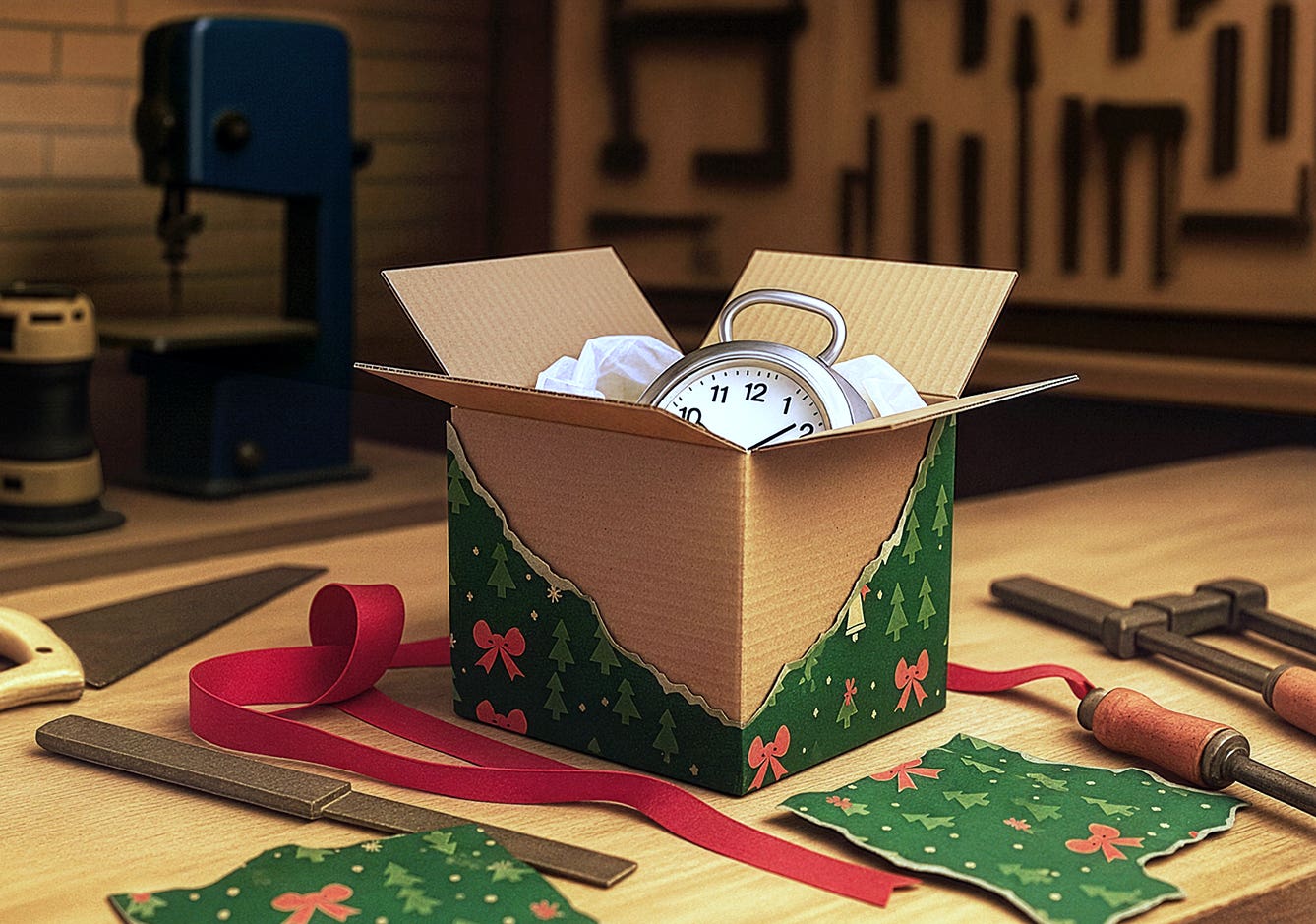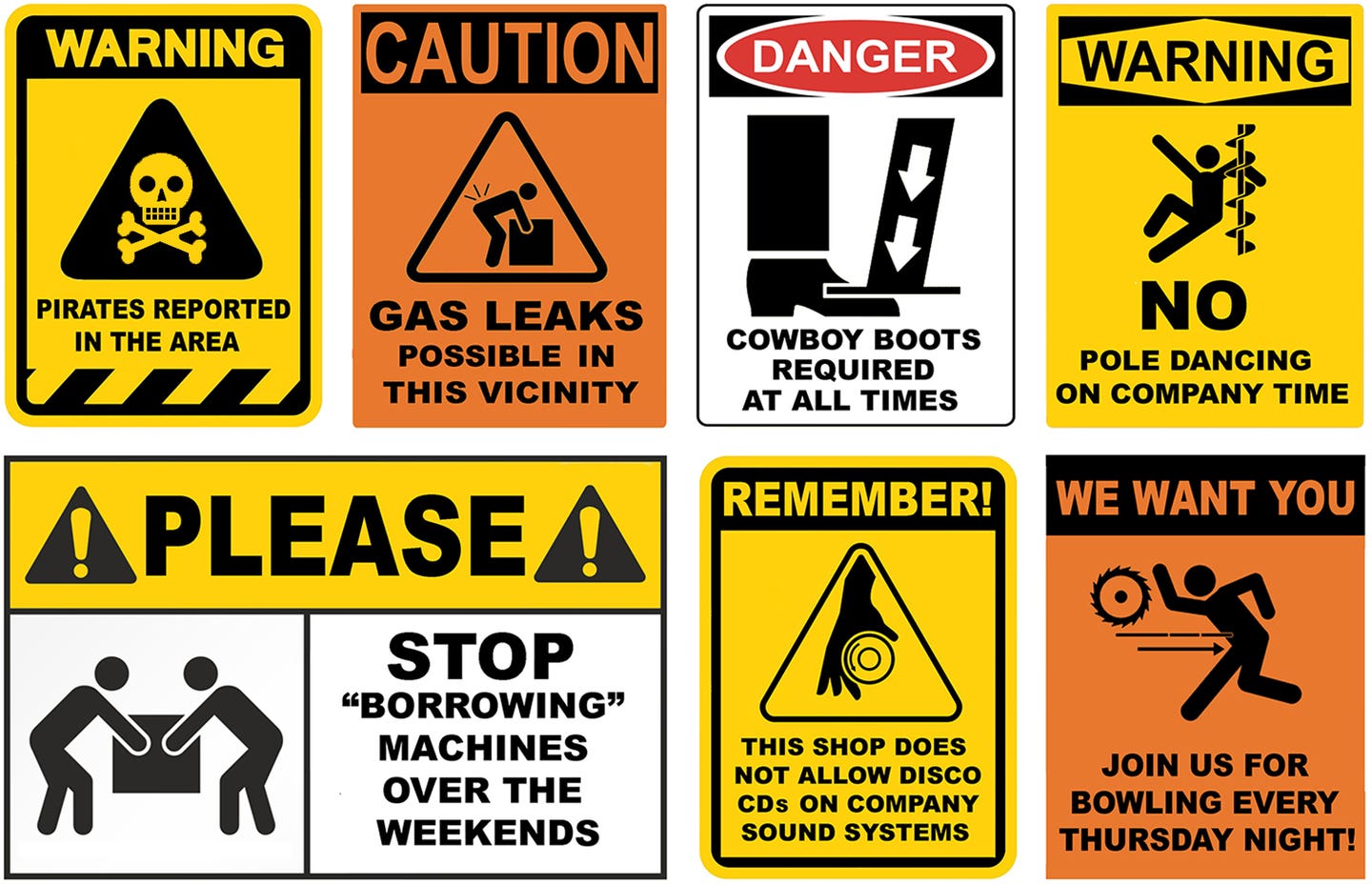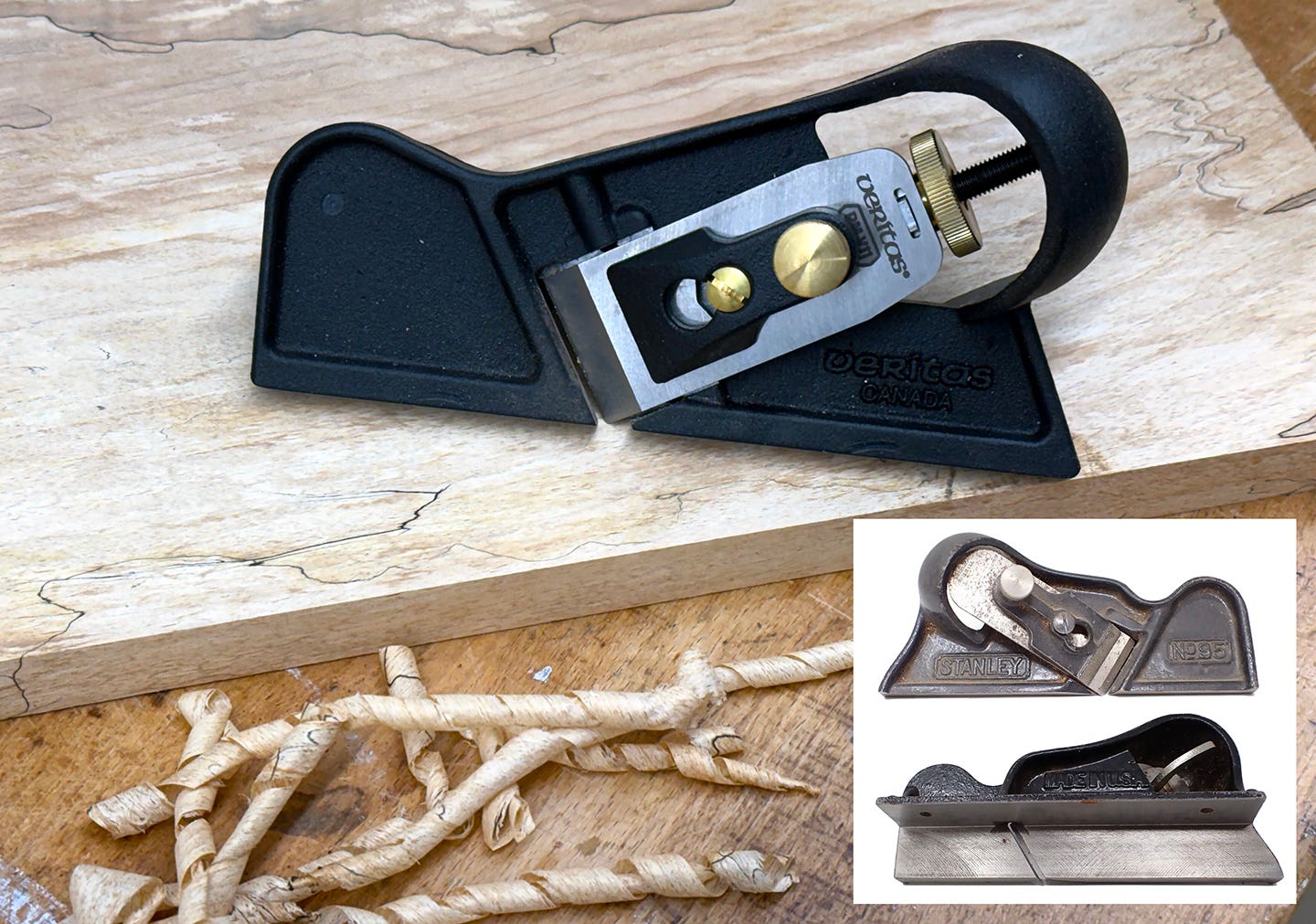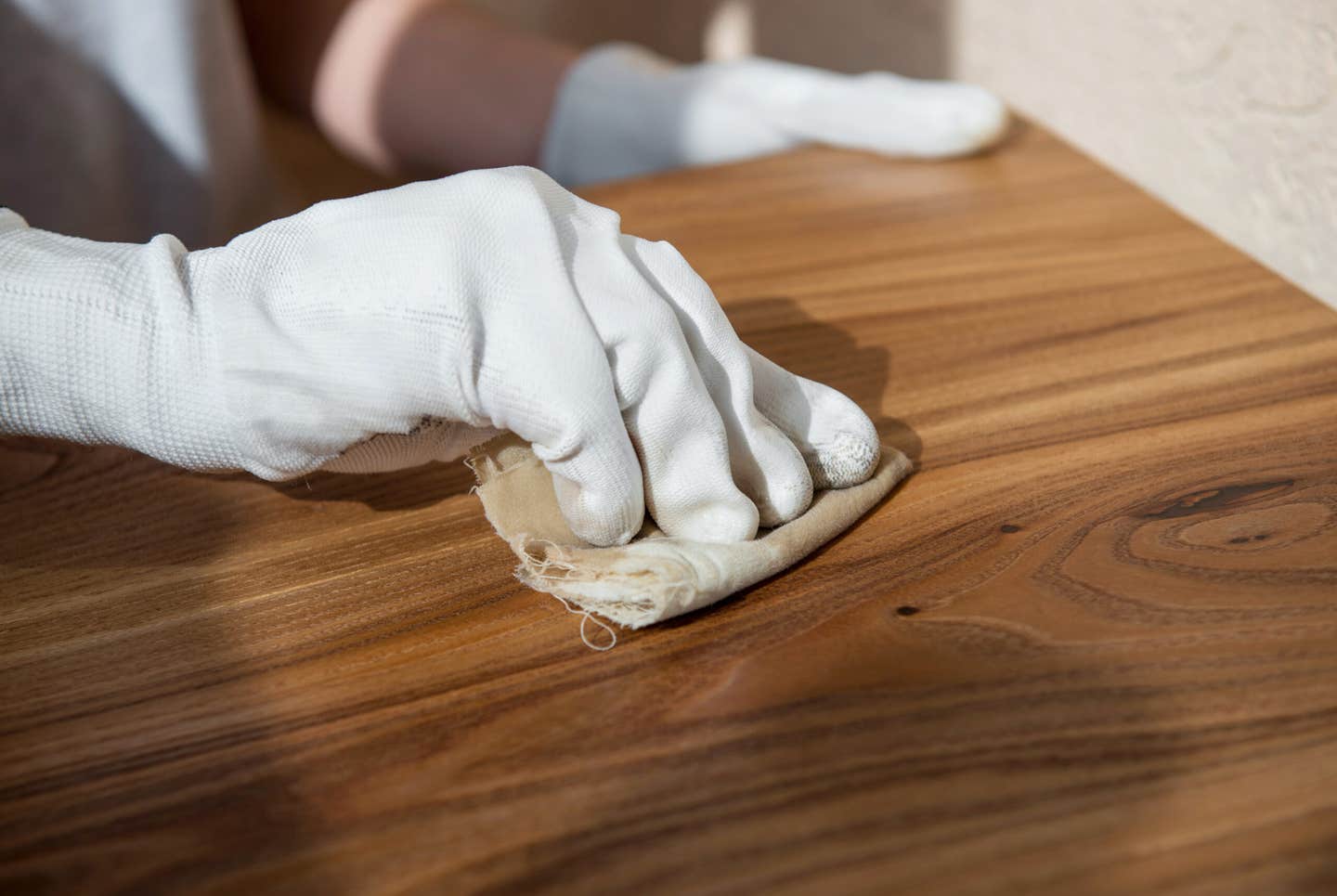Unbreakable
We do a lot of tough things in our woodshops, and our tools have to be tough enough to take it. How tough, though, can vary.
We do a lot of tough things in our woodshops, and our tools have to be tough enough to take it. How tough, though, can vary.
We put our tools through a wringer, expecting them to keep up with us. For the most part, our tools are up to the task, with some being outright indestructible. Others, not so much. You’d think that when it comes to vulnerability, hand tools would stand up to the most abuse. You’re usually right, but not always.
Here are four typical tools. On the left are a hammer and the remote control for my dust collector. Short of dropping it into a furnace, there’s not much you can do to hurt a hammer in proper use. And I’ve had that dust collector remote for 10 years and it’s been dropped or knocked to the floor more than any tool I own, and other than a few knicks in the case it’s perfect.
On the right are a router and square. Dropping a router – or any tool with a spinning function – can damage internal electronics and external switches, crack plastic or cast casings, and there’s always the risk of creating unacceptable runout if the blow is hard enough. The square, meanwhile, is a simple, solid hand tool, but whacking it on concrete can, well, throw it out of whack. Other basic hand tools can also be fragile – chisels, for example.
The bottom line is that some tools you expect to be sturdy, like the hammer, are rock solid. Others, like the square, can stop functioning properly when dropped. The same two extremes are true for power tools. The difference is knowing which are which, and then using them within those parameters.
A.J. Hamler is the former editor of Woodshop News and Woodcraft Magazine. He's currently a freelance woodworking writer/editor, which is another way of stating self-employed. When he's not writing or in the shop, he enjoys science fiction, gourmet cooking and Civil War reenacting, but not at the same time.







